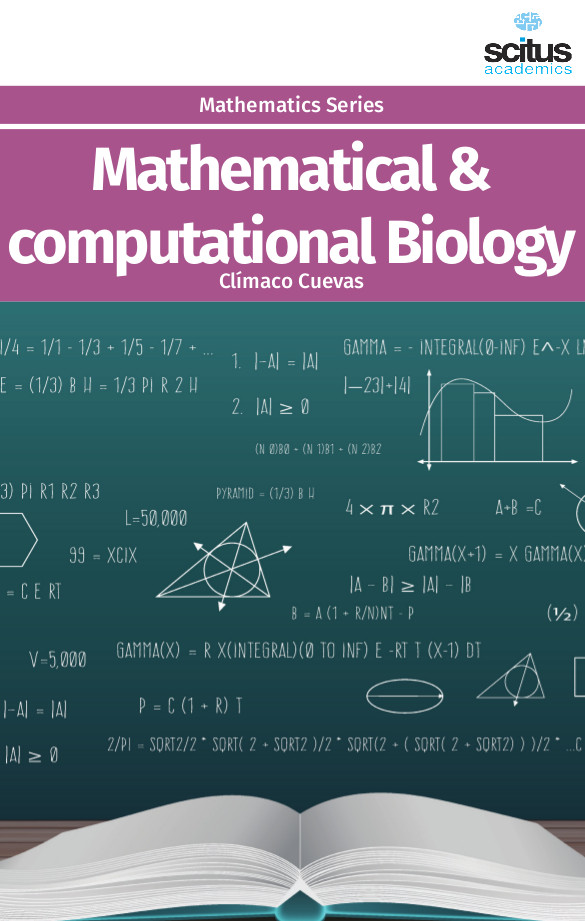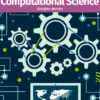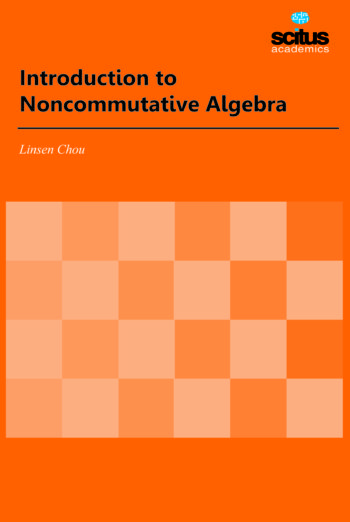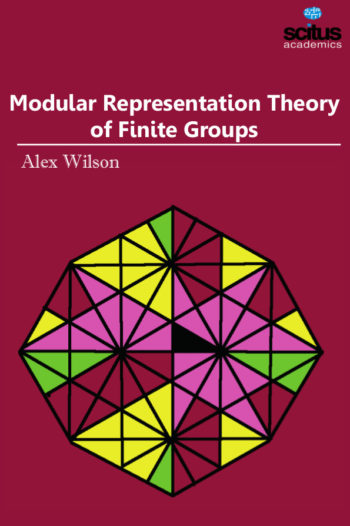Mathematical and Computational Biology, an emerging research area in mathematics, is under rapid growth at worldwide. Mathematics plays a key role in many disciplines of science, primarily as a mathematical modeling tool, including biology. Unlike physics and chemistry, biology is not usually a science associated with mathematics. But because there are quantifiable aspects of life science, mathematics plays a critical role in better understanding the natural world. Basic measurements of living things are often a necessary part of understanding how they change over time is crucial to better understanding living things. Even though physics and biology are very different sciences, mathematicians and biologists developed the “mathematical biology” or “biomathematics” as a recent discipline for the mathematical representation in biology to the theoretical and practical applications in biological, biomedical and biotechnology researches. Similarly, computational biology can play a special role in studying emerging infectious diseases, where a fast characterization of the diseases is often urgently needed before they are widespread.
This Book covers mathematical approaches to gain biological understanding or explain biological phenomena provides biological insight as a result of mathematical analysis or identify and open up challenging new types of mathematical problems that derive from biological knowledge (in the form of data, or theory, or simulation results). By making connections through the application of computational methods among disparate areas of biology, the book also provides substantial new insight into living systems at all scales, from the nano to the macro, and across multiple disciplines, from molecular science, neuroscience and physiology to ecology and population biology. Features works of exceptional significance that further our understanding of living systems at all scales—from molecules and cells, to patient populations and ecosystems—through the application of computational methods. This will be of valuable tool for students, including life and computational scientists, who can take the important findings presented here to the next level of discovery.













